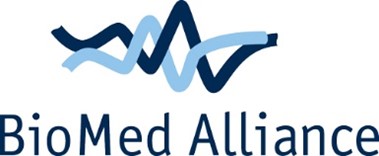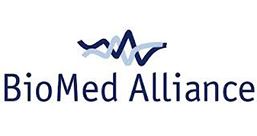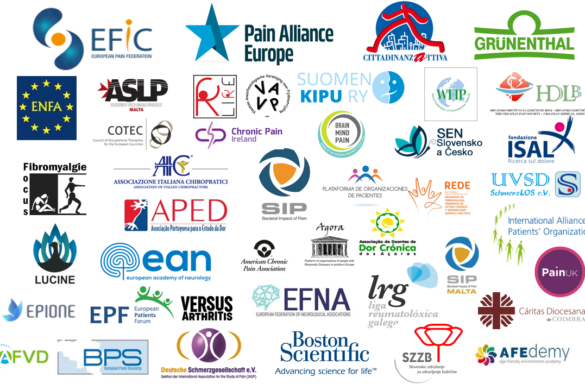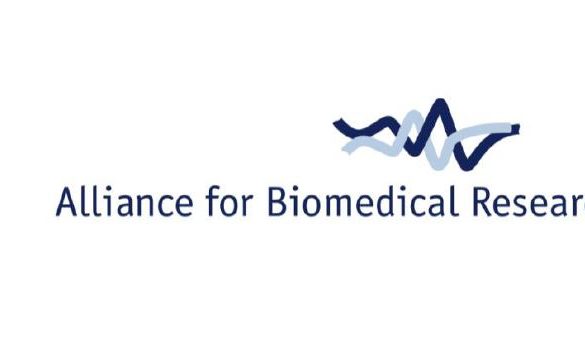High grade gliomas
There is a huge amount of content within ebrain that is relevant to this month’s topic. The following is a guide to selected content but it is by no means exhaustive!
As an introduction you might consider starting by looking at the two elearning sessions on assessing the patient with a brain tumour http://www.ebrainjnc.com/learning/course/view.php?id=506
Additionally you may wish to look at the newly released virtual patient case. Here you have to decide how to manage a patient with a mass lesion. Get it wrong and they may well die! http://www.ebrainjnc.com/learning/course/view.php?id=705
Perhaps you struggle with the histology? This brilliant pair of sessions explains it all. http://www.ebrainjnc.com/learning/course/view.php?id=512 or, if you can’t cope with elearning sessions – how about the video that is in this session?
Surgery: How do you do a biopsy or an image guided craniotomy anyway? http://www.ebrainjnc.com/learning/course/view.php?id=498 http://www.ebrainjnc.com/learning/course/view.php?id=499
The prognosis has remained unchanged for decades – right? Wrong actually. Look at this session from Roy Rampling on emerging management of high grade gliomas http://www.ebrainjnc.com/learning/course/view.php?id=445
Here are some questions to test your knowledge*:
1. What is MGMT and what is it’s significance?
2. How frequently should you give steroids?
3. What is the risk of a biopsy?
4. Can you use scans to exclude an abscess?
5. What is the median survival now for GBM?
What is ebrain?
ebrain is huge collection of on line elearning material aimed at post graduate neuroscience doctors. It is owned by the Joint Neurosciences Council which comprises the UK Speciality Associations and developed in association with the European Federation of Neurological Societies and the Europena Neurological Society.
How do I get access?
You will have free access if you are a member of any of the associations listed here. If you are not a member of one of these associations you can buy individual access but it is usually cheaper to join your association!
If you are a member of EFNS, please contact headoffice@efns.org for your free-of-charge access to eBrain.
Please visit the website www.ebrainjnc.com
*Answers: 1. MGMT stands for O(6)-methylguanine-DNA methyltransferase. It is a DNA repair enzyme and when methylated it stops working. Methylation occurs in some tumours therefore in these tumours there is increased sensitivity to temozolomide and probably radiotherapy and other chemotherapy agents. Prognosis is substantialy better in patients who are “methylated”.
2. Steroids need only be given once a day, it takes five days to get to a steady state after a change of dose.
3. The risk of symptomatic haemorrhage from a bippsy is about 2% except in high risk areas like the pineal, in the brainstem or the diencephalon where the risk is substantially higher.
4. A diffusion sequence on MR helps in defining whether a mass lesion is an abscess or a tumour but is not definitive.
5. Median survivals for GBM are meaningless – there is a range from a few weeks in the worst cases to 2,3 or even more years in the best prognostic group. You have to look at tumour biology, patient age and patient performance status to predict outcome.











